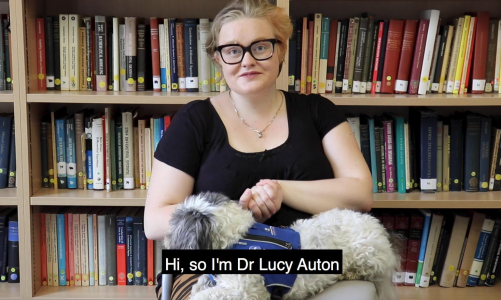Porous materials occur throughout nature and industry, from volcanic rocks, to sponges, through to filters; they comprise a solid structure, which could be like honeycomb or a packing of grains, with gaps (pores) throughout. These pores allows fluid and small contaminants carried by the fluid, such as salt in seawater, to travel through the material. The shape and size of these pores affects the passage of fluid, which in turn affects the path the contaminants take and how much becomes trapped within the solid structure. A key example in industry is filtration; filters are used in everyday objects such as vacuum cleaners, masks, and air-purification devices. Despite the prevalence of filters in our everyday lives, the effect of the underlying structure of the filter on the contaminant removal remains poorly understood, and improving our understanding of this remains a major challenge.
Many filtration materials are man-made and thus we can construct the filter to optimise its efficiency. The question then remains: how can one determine the optimal filter design? This could be approached by manufacturing a range of filters with different obstacle size and spacing (the microstructure) and then experimentally testing these materials to see which is optimal. However, this will only test a particular set of filter microstructures and so a better filter may exist. Further, experimental testing is time consuming and costly. To avoid these issues we can instead develop a mathematical model for a filter in which we can easily vary the microstructure.
In our work - with Satya Pramanik, Mo Dalwadi, Chris MacMinn and Ian Griffiths - we designed a filter shown in the diagram, which is a two-dimensional microstructure comprising an array of obstacles with smooth but arbitrary shape. This has two degrees of microstructural freedom - we can change both the obstacles' size and spacing. This model enables us to see how the removal capacity of the filter varies as we change the microstructure and makes a first step towards finding an optimal filter.
We applied our model to a simple one-dimensional set-up for a filter and found the following key results:
- The concentration of contaminant at the outlet of the filter depends not only on the porosity (the fraction of air space in a filter) but also on the microstructure.
- Decreasing the porosity along the length of the filter leads to a more efficient filter than keeping a constant porosity or increasing the porosity.
- For a fixed porosity, decreasing the spacing between obstacles as well as the obstacle size removes more contaminant - that is, a filter that has larger obstacles further apart at the inlet is more effective. This effect increases as the porosity decreases.
The model for a filter with two degrees of microstructural freedom developed is quick and straightforward to solve on a computer. As such it may be run thousands of times for different combinations of obstacle size and spacing. Thus, it is the ideal model to use for optimising the design of filter through microstructural variations. Our work may be generalised to explore more complex microstructures and ultimately make advances into understanding what an optimal filter structure would look like.
Lucy Auton is a Postdoctoral Research Associate in Oxford Mathematics.


